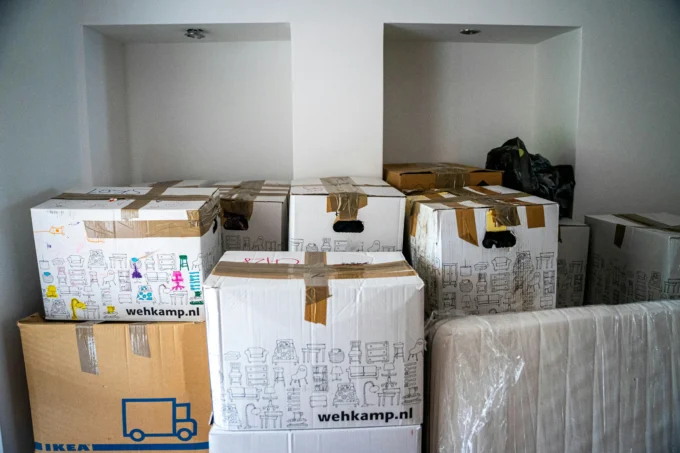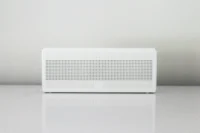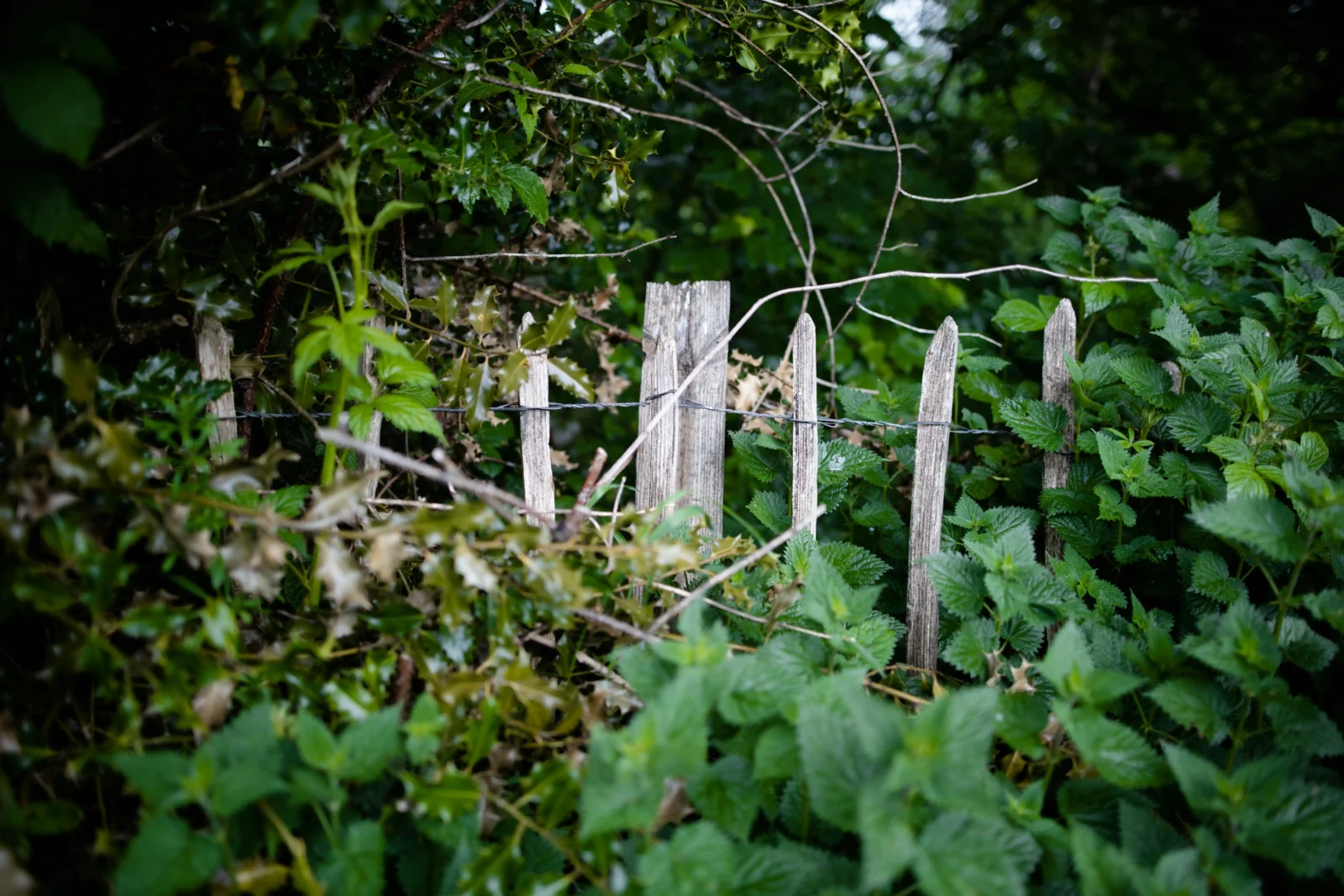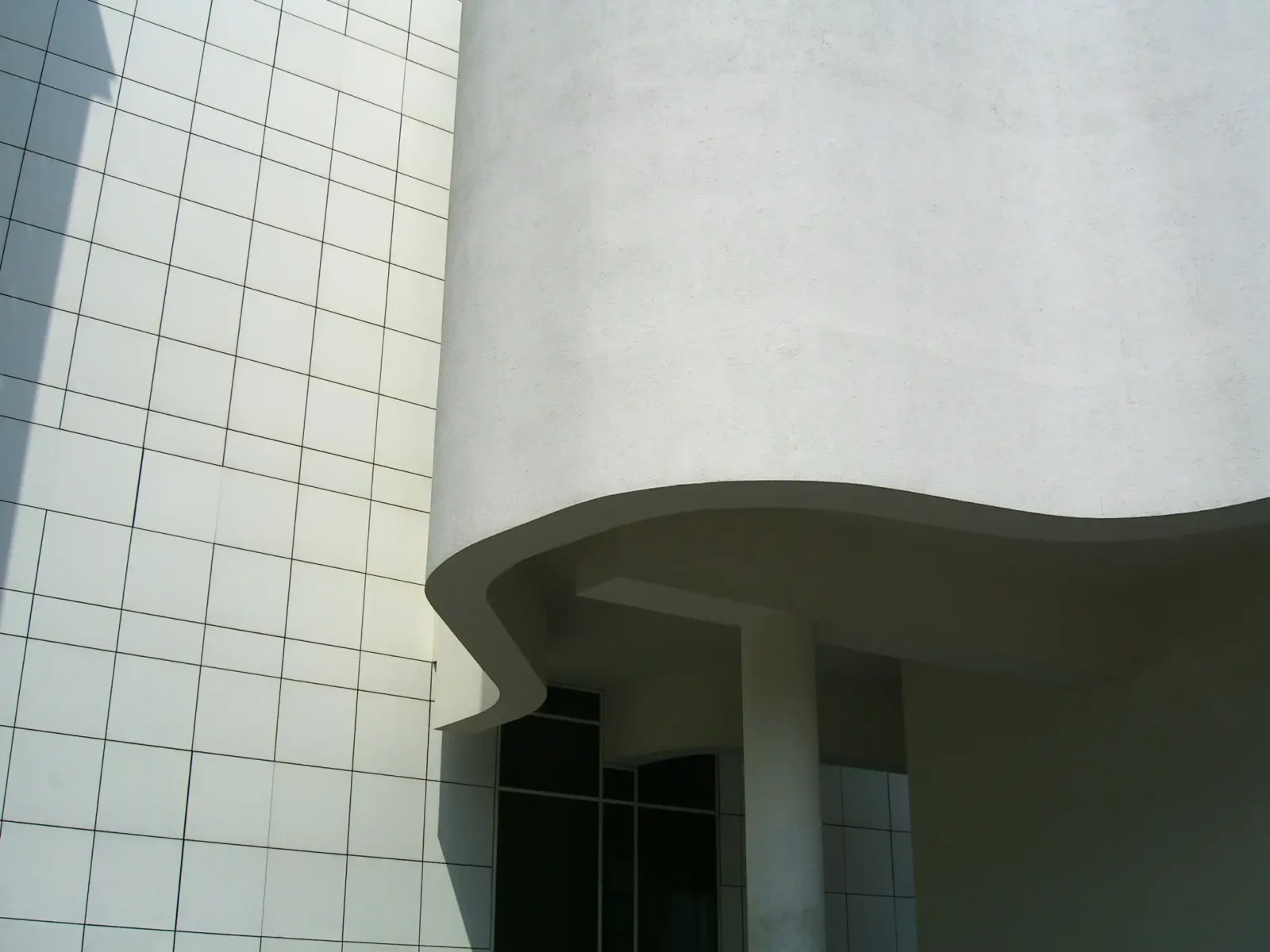- Home
- Articles
- Architectural Portfolio
- Architectral Presentation
- Inspirational Stories
- Architecture News
- Visualization
- BIM Industry
- Facade Design
- Parametric Design
- Career
- Landscape Architecture
- Construction
- Artificial Intelligence
- Sketching
- Design Softwares
- Diagrams
- Writing
- Architectural Tips
- Sustainability
- Courses
- Concept
- Technology
- History & Heritage
- Future of Architecture
- Guides & How-To
- Art & Culture
- Projects
- Interior Design
- Competitions
- Jobs
- Store
- Tools
- More
- Home
- Articles
- Architectural Portfolio
- Architectral Presentation
- Inspirational Stories
- Architecture News
- Visualization
- BIM Industry
- Facade Design
- Parametric Design
- Career
- Landscape Architecture
- Construction
- Artificial Intelligence
- Sketching
- Design Softwares
- Diagrams
- Writing
- Architectural Tips
- Sustainability
- Courses
- Concept
- Technology
- History & Heritage
- Future of Architecture
- Guides & How-To
- Art & Culture
- Projects
- Interior Design
- Competitions
- Jobs
- Store
- Tools
- More
Solving a Persistent Molding Issue: A How-to Guide

Mold is one of the most frustrating problems homeowners face. It can appear quietly, spread quickly, and pose both health and structural risks if not addressed properly. While occasional mold growth may be manageable, persistent mold problems signal deeper issues that require thorough solutions.
From understanding the causes to implementing lasting fixes, tackling mold is about more than cleaning, it’s about creating an environment where mold cannot thrive. This guide walks you through the process of identifying, testing, and resolving mold so your home remains safe, healthy, and comfortable.
Table of Contents
ToggleUnderstanding the Root Causes of Mold
Mold thrives in environments that combine moisture, warmth, and poor ventilation. Bathrooms, basements, kitchens, and attics are common hotspots because of frequent humidity and limited airflow. Persistent issues often stem from underlying conditions such as leaking pipes, roof damage, or poor drainage around the foundation.
Recognizing the root cause is critical. Simply scrubbing visible mold may temporarily remove the problem, but unless the source of moisture is fixed, mold will return. Homeowners should inspect for signs such as water stains, musty odors, and condensation on windows. Addressing the underlying source first ensures any remediation efforts are effective and long-lasting.

When and Why to Test for Mold
Not all mold is visible. It can grow behind walls, under floors, or inside HVAC systems, creating hidden health hazards. If you suspect hidden growth, professional testing is the best way to confirm its presence and identify the type of mold you’re dealing with. For example, homeowners concerned about air quality or persistent symptoms like coughing, allergies, or headaches may benefit from mold testing in Saint Petersburg or similar local services. By using specialized equipment, professionals can pinpoint problem areas and recommend appropriate solutions.
Testing helps distinguish between minor surface mold and more serious infestations that require remediation. Knowing the type and extent of mold growth allows homeowners to decide whether a DIY approach is sufficient or if professional intervention is needed.
Effective Cleaning and Remediation Techniques
Once mold is confirmed, cleaning should go beyond surface-level efforts. For small, isolated patches on non-porous materials, homeowners can use a solution of water and detergent to scrub the mold away. Porous materials like drywall, carpeting, or ceiling tiles often need to be replaced, as mold spores penetrate deeply.
For larger or persistent infestations, professional remediation is recommended. Experts use specialized tools like HEPA vacuums, air scrubbers, and antimicrobial treatments to safely remove mold and prevent regrowth. They contain the affected area to avoid spreading spores throughout the home. Attempting to handle severe mold issues without proper training or equipment can make the problem worse, so professional support is a wise investment.
Improving Ventilation and Reducing Moisture
The key to preventing mold from returning is creating conditions where it cannot thrive. Good ventilation is crucial. Exhaust fans in bathrooms and kitchens should vent outside, not just into attics or crawlspaces. Opening windows when the weather permits helps improve airflow, and dehumidifiers can reduce moisture levels in basements or other damp areas.
Addressing leaks promptly is equally important. Regularly check plumbing, roofing, and gutters for damage that might allow water to infiltrate. Ensuring proper drainage around your home’s foundation keeps excess water from seeping into basements or crawlspaces. Together, these measures make your home less inviting for mold.
Ongoing Maintenance and Monitoring
Even after remediation, mold requires continued vigilance. Homeowners should incorporate mold prevention into their regular maintenance routines. This includes cleaning gutters, inspecting for leaks, maintaining HVAC systems, and keeping humidity levels below 50 percent.

Using mold-resistant paints or building materials in high-risk areas can help. Moisture-resistant drywall or flooring is a smart choice for bathrooms, basements, and laundry rooms. Regular monitoring, combined with preventative measures, ensures mold problems don’t become recurring headaches.
Protecting Health and Home Value
Persistent mold doesn’t just affect the appearance of your home; it can have serious consequences for health and property value. Mold exposure is linked to respiratory issues, allergies, and worsened asthma symptoms. Families with young children, elderly individuals, or anyone with compromised immunity are particularly vulnerable.
From a property perspective, visible mold and water damage can deter potential buyers and reduce resale value. Addressing mold issues promptly protects your family’s well-being and preserves your investment in the long run. Homebuyers are increasingly aware of mold risks, making prevention and transparency important selling points.
Mold may be a persistent problem, but it is not an insurmountable one. By understanding the root causes, investing in proper testing, and implementing both remediation and preventative strategies, homeowners can resolve mold issues effectively. From cleaning and replacing damaged materials to improving ventilation and reducing moisture, every step contributes to a healthier, more resilient home.
When mold becomes more than a surface nuisance, professional guidance is invaluable. Services such as mold testing help homeowners identify hidden threats and create lasting solutions. With the right combination of expertise, maintenance, and preventative care, you can turn a mold-prone environment into a safe, comfortable space that truly feels like home.
illustrarch is your daily dose of architecture. Leading community designed for all lovers of illustration and #drawing.
Submit your architectural projects
Follow these steps for submission your project. Submission FormLatest Posts
The Ultimate Guide to Fencing in North Dakota: Choosing the Best Fence for Your Property
Watching a chain link fence twist in 70 mph winds near Minot...
Gaudí: Where Architecture Meets Science
Gaudí: Where Architecture Meets Science shows catenary arches, ruled surfaces, and biomimicry...
How Housing Market Forces Shape Architectural Design Today
Architecture never exists in isolation. Buildings rise from a mix of ambition,...
Why Portable Formaldehyde Gas Detectors Matter on Construction Sites
As construction practices shift toward more enclosed and material-intensive environments, the risk...












Leave a comment